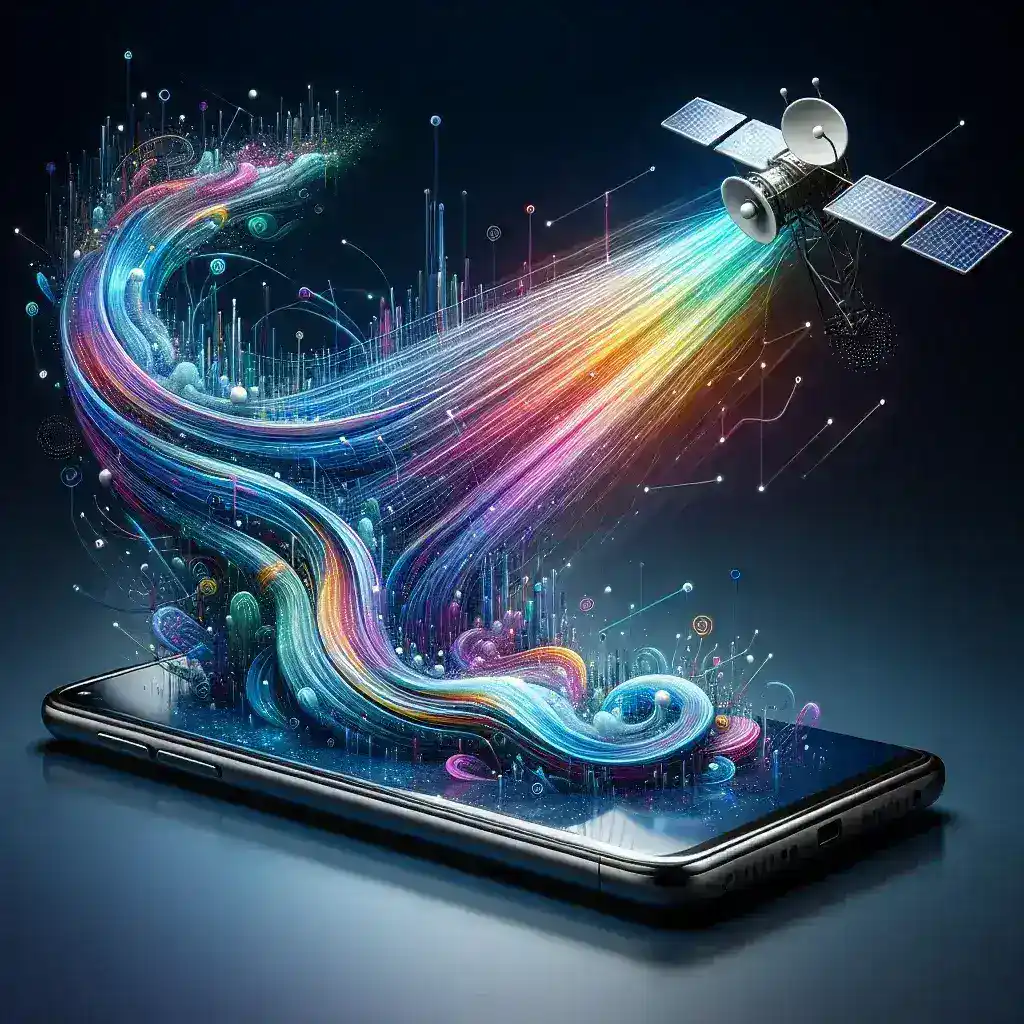Introduction
The age of satellite connectivity in smartphones is upon us, transforming how we stay connected in even the most remote corners of the globe. While traditional cellular networks have long facilitated mobile communication, satellite technology is stepping up to fill the gaps where these networks falter. In this article, we delve into the various real-world scenarios where satellite connectivity enhances smartphone functionality, offering users unprecedented access to information and communication.
The Evolution of Satellite Connectivity
Historically, satellite communication was a luxury reserved for specialized industries like aviation, maritime, and military operations. However, advancements in technology have made it possible for satellites to support personal devices, including smartphones. The integration of satellite connectivity into mobile devices offers a plethora of opportunities, particularly in situations where conventional networks are unreliable or nonexistent.
How Satellite Connectivity Works
Satellite connectivity relies on a complex network of satellites orbiting the Earth. When a smartphone user sends a message or makes a call, the signal is transmitted to a satellite, which then relays it to a ground station. This process enables communication from virtually anywhere on Earth, provided there is a line of sight to the satellite.
Real-World Usage Scenarios
1. Emergency Situations
In times of natural disasters, such as hurricanes, earthquakes, or wildfires, terrestrial networks often fail due to infrastructure damage. Satellite-enabled smartphones can play a critical role in emergency communication. Users can send distress signals, receive alerts, and stay informed about evacuation routes, thereby enhancing safety during crises.
2. Outdoor Adventures
For outdoor enthusiasts, ranging from hikers to sailors, staying connected is paramount. Satellite connectivity allows adventurers to communicate with friends and family while exploring remote locations. Whether it’s a mountain summit or a sailing expedition in uncharted waters, satellite-enabled smartphones ensure that users can check in and share their experiences.
3. Business in Remote Locations
Many professionals operate in remote areas where cellular coverage is sparse, such as oil rigs, mining sites, or research expeditions. Satellite connectivity enables these workers to maintain communication with their teams and clients, facilitating seamless operations. Businesses can also leverage satellite connectivity for real-time data sharing and collaboration, which is vital for productivity.
4. Global Travel
Travelers venturing off the beaten path often face challenges in staying connected. Satellite connectivity allows tourists and business travelers to access navigation apps, translation services, and travel information without relying on local cellular networks. This capability enhances the travel experience, ensuring users can navigate unfamiliar territory with confidence.
5. Internet of Things (IoT) Integration
The rise of the Internet of Things (IoT) is further enhanced by satellite connectivity. Devices equipped with satellite technology can communicate with smartphones, allowing users to monitor and control systems remotely. Examples include agricultural sensors that relay information about soil conditions or smart home devices that function even in areas lacking cellular service.
Advantages of Satellite Connectivity
- Global Coverage: Satellite networks provide coverage in remote areas where traditional networks cannot reach.
- Increased Reliability: Satellite connections are less prone to outages caused by terrestrial infrastructure failures.
- Enhanced Safety: Users can stay connected in emergencies, ensuring communication when it matters most.
Challenges and Limitations
Despite its many benefits, satellite connectivity comes with its own set of challenges:
- Latency: Satellite communications can experience higher latency compared to terrestrial networks, leading to delays in data transmission.
- Cost: Satellite services can be more expensive than conventional mobile plans, potentially limiting accessibility for some users.
- Device Compatibility: Not all smartphones are equipped with the necessary hardware to utilize satellite connections, which can restrict usage.
The Future of Satellite Connectivity in Smartphones
As technology advances, the future of satellite connectivity in smartphones looks promising. Upcoming satellite constellations, such as Starlink and OneWeb, aim to provide even more extensive and reliable coverage. With innovations in satellite technology, we can expect improvements in latency and speed, making satellite connectivity an integral part of our mobile communication landscape.
Expert Predictions
Experts predict that as satellite technology continues to evolve, more smartphone manufacturers will integrate satellite connectivity into their devices. This trend could democratize access to global communication, ensuring that everyone, regardless of location, can stay connected.
Conclusion
Satellite connectivity in smartphones is revolutionizing how we communicate and interact with the world around us. From enhancing safety during emergencies to enabling seamless communication in remote locations, the real-world usage scenarios for satellite technology are vast and varied. As we look to the future, the potential for satellite-connected smartphones will only grow, providing users with unprecedented connectivity options. Embracing this technology will empower individuals and businesses alike, ensuring that no one is left disconnected, regardless of their surroundings.

